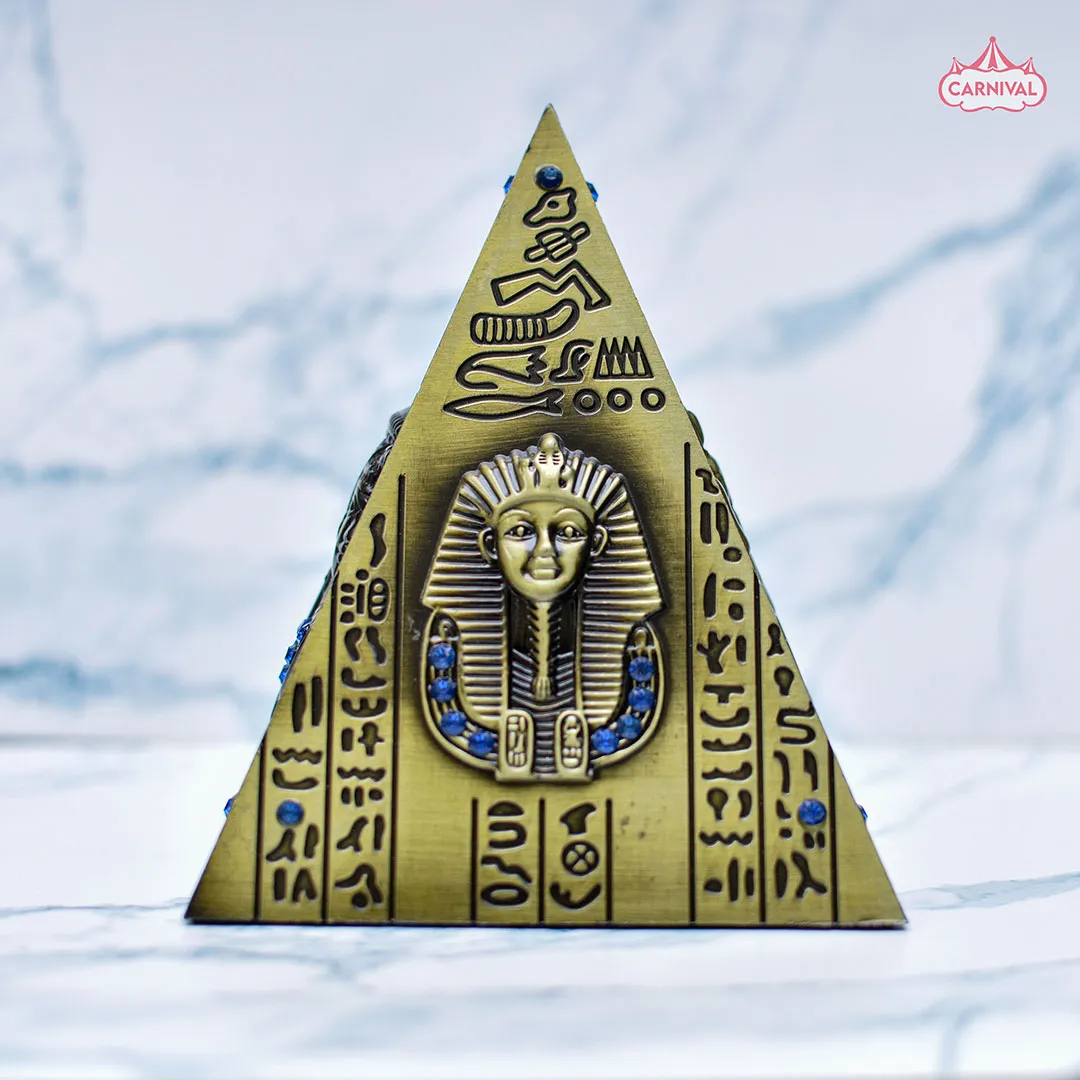What Are Pyramid Diecast Collectibles
Pyramid diecast collectibles represent a fascinating segment of the vintage toy and model car market. These miniature vehicles, crafted from diecast metal, offer a tangible connection to automotive history and design. They are prized by collectors for their detail, craftsmanship, and historical significance. The term ‘diecast’ refers to the manufacturing process where molten metal is injected into molds to create intricate shapes. This allows for a high degree of accuracy and the ability to replicate complex features. Pyramid models are particularly sought after because of their unique designs and the historical context of their production, often reflecting the styles and trends of the era in which they were made. Collecting these items is a rewarding hobby that combines a love of history, design, and the thrill of the hunt.
Historical Background
The history of Pyramid diecast collectibles is intertwined with the evolution of diecast toy manufacturing itself. The late 19th and early 20th centuries saw the rise of metal toy production, with diecasting becoming a dominant method. Early diecast models were often simple, but advancements in technology and materials led to increasingly detailed and realistic replicas. The post-World War II era marked a golden age for diecast toys, with companies producing a vast array of models that captured the imagination of children and adults alike. Pyramid emerged during this period, establishing itself as a notable manufacturer that produced high-quality models that are still sought after by collectors today. Understanding the historical context of Pyramid diecast models helps collectors appreciate their value and significance.
Evolution of the Brand
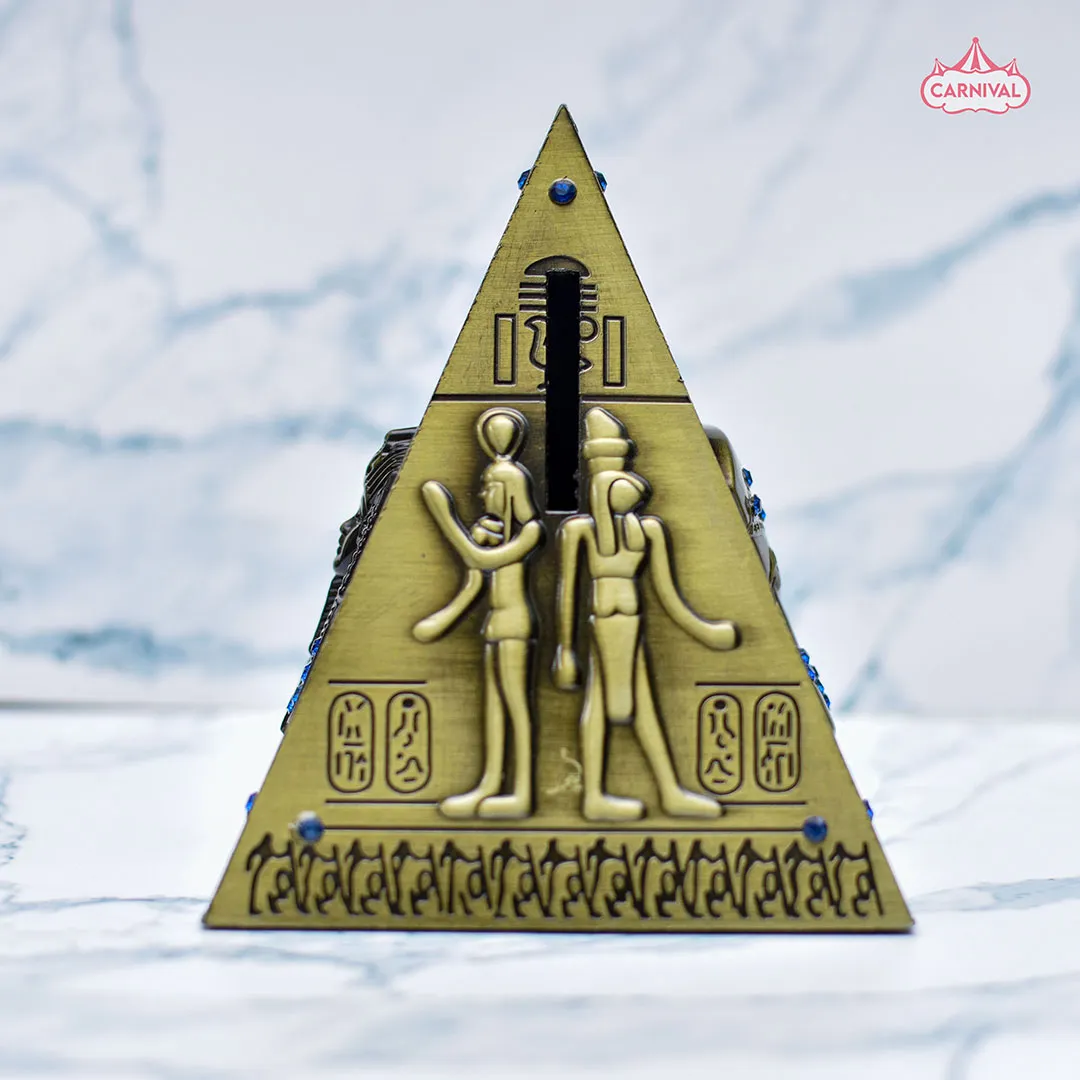
The Pyramid brand, like many others in the diecast industry, evolved over time, adapting to changing tastes and technological advancements. Initially, the focus was on producing durable and affordable toys for children. However, as the market matured, the emphasis shifted towards greater detail and realism, catering to a growing collector base. Pyramid diecast models began to incorporate more intricate designs, better paint finishes, and features that mimicked the functionality of real vehicles. The brand also expanded its range of models, covering a wider variety of car types, from classic cars to modern vehicles. This evolution reflects a constant effort to stay relevant and meet the demands of a diverse customer base, securing the brand’s legacy in the diecast collecting community.
Top 5 Amazing Pyramid Diecast Collectibles
Identifying the ‘best’ Pyramid diecast collectibles is subjective and depends on individual preferences. However, certain models stand out due to their rarity, historical significance, and exceptional detailing. Here are five examples that frequently appear on ‘must-have’ lists among serious collectors. These models not only represent excellent craftsmanship but also offer a glimpse into the automotive design trends of their respective eras. Finding these items can be a rewarding endeavor for those eager to expand their collections.
The 1960s Pyramid Models
The 1960s were a pivotal period for Pyramid diecast models, marked by innovative designs and a focus on capturing the sleek aesthetics of the era’s automobiles. Models from this decade often featured bright colors, chrome accents, and detailed interiors, reflecting the optimism and technological advancements of the time. These collectibles showcase the evolution of automotive design, from the tailfins of the late 1950s to the more streamlined profiles that emerged in the mid-1960s. These models are highly valued for their historical accuracy and the craftsmanship involved in replicating the unique features of classic cars. Finding well-preserved examples from this period is a triumph for any collector.
Key Features and Details
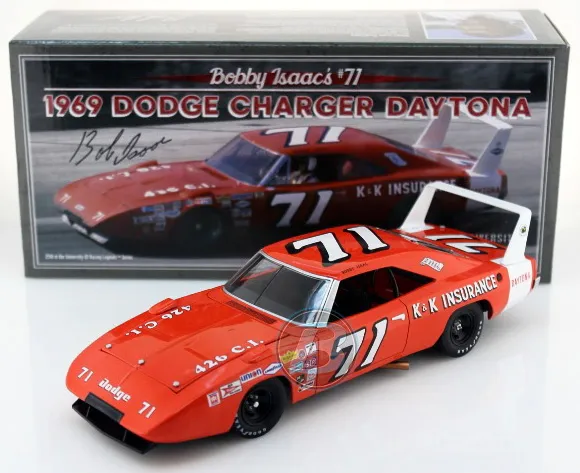
Key features of 1960s Pyramid models include intricate detailing of the car’s interior, realistic paint jobs, and accurately replicated exterior elements such as bumpers, headlights, and grilles. Many models also featured working parts, such as opening doors, hoods, and trunks, adding to their playability and appeal. The choice of colors often mirrored popular car colors of the time, giving these models a distinctive visual identity. These details are crucial in assessing the authenticity and value of a model. Collectors often pay close attention to the condition of the paint, the presence of all original parts, and the functionality of moving elements.
The 1970s Pyramid Models
The 1970s saw Pyramid adapting to changing automotive trends. The focus shifted towards larger, more angular designs, reflecting the muscle cars and luxury sedans that dominated the roads. These models often display bold colors, intricate graphics, and a level of detail that aimed to replicate the distinct features of each car. 1970s Pyramid models represent a distinct style and provide valuable insight into the changing automotive landscape. Collectors appreciate the opportunity to own a tangible piece of this decade’s design history.
Key Features and Details
Key details to look for in 1970s Pyramid models include accurate representations of the car’s body lines, detailed interiors with realistic dashboards and seating, and accurate paint finishes. Many models had opening doors, hoods, and trunks, which added to their play value and appeal. Additionally, collectors often seek models with accurate decals and graphics that reflect the era’s design trends, such as racing stripes or custom paint jobs. The overall condition, including paint quality and the presence of all original parts, remains an essential factor in determining the value of these collectibles.
Where to Find Pyramid Diecast Collectibles
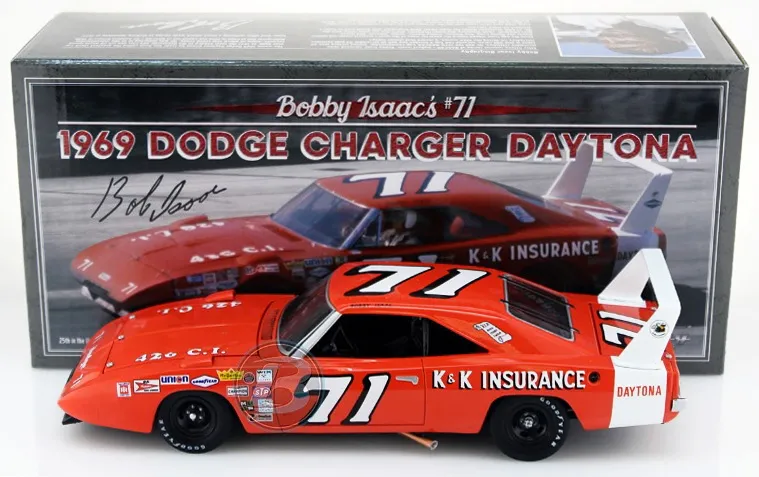
The search for Pyramid diecast collectibles can be an exciting journey, offering the thrill of discovery and the satisfaction of finding a rare piece. The availability of these models varies depending on their age and rarity, but several avenues can lead to success. The following sections detail some of the most common places to begin your search. With patience and persistence, collectors can uncover treasures to enhance their collections and deepen their appreciation for the legacy of Pyramid diecast models.
Online Marketplaces
Online marketplaces such as eBay, Etsy, and specialized diecast forums are excellent starting points for finding Pyramid diecast models. These platforms offer vast inventories, with listings from sellers worldwide. They also enable collectors to easily compare prices and research the history of specific models. Conducting thorough searches using accurate keywords and filters, such as ‘Pyramid diecast’, the specific model name, or the decade of production, is essential. Be sure to review seller feedback, read descriptions carefully, and examine photos closely before making a purchase. Online marketplaces provide convenience and a wide range of options, but they also require diligence and attention to detail.
Specialty Shops and Auctions
Specialty shops that focus on vintage toys, collectibles, or diecast models can be goldmines for finding Pyramid models. These shops often have experts who can provide information and advice. Auctions, both online and in-person, also present exciting opportunities. Auctions often showcase rare or highly sought-after models that can add substantial value to a collection. Attending auctions in person allows you to inspect items before bidding, while online auctions provide convenient access to a broader selection. Doing your research beforehand, attending previews when available, and setting a budget are all key to making informed decisions and maximizing your chances of success.
Tips for Collectors
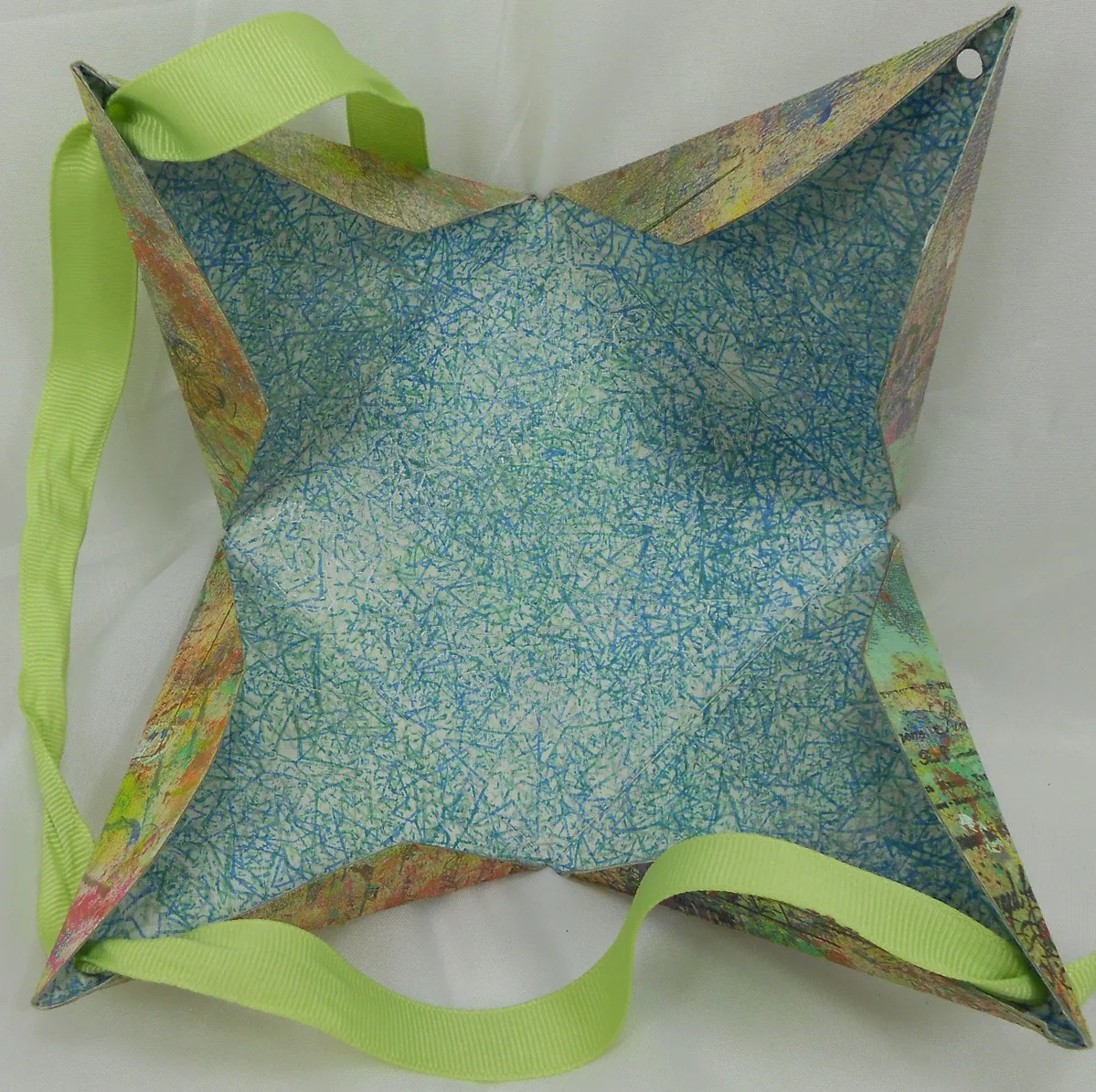
Collecting Pyramid diecast models involves more than just acquiring vehicles. Understanding the key aspects of collecting, from assessing authenticity to caring for your collection, ensures that you can build a valuable and cherished collection. The following sections discuss important considerations for both novice and experienced collectors. Adhering to these guidelines will help enhance your collecting experience, preserve the value of your models, and ensure you derive maximum enjoyment from your hobby.
Authenticity and Condition
Assessing the authenticity and condition of a Pyramid diecast model is critical to determining its value and desirability. Verify that the model is an original Pyramid product by examining the markings, logos, and any identifying features. Compare the model to verified examples found in collector guides or online databases. The model’s condition is often described using terms such as mint, near-mint, excellent, good, and fair. Factors to consider include the paint quality, the presence of original parts, and any signs of wear, such as scratches, dents, or fading. High-quality models in excellent condition are generally the most valuable, so careful examination is essential before purchasing.
Value Assessment and Appraisal
Determining the value of a Pyramid diecast model requires research and knowledge of the market. Several factors influence value, including the model’s rarity, condition, and historical significance. Consult collector guides, online price guides, and completed auction listings to gain insight into current market values. Also, consider the demand for the specific model and the overall market trends. Engaging with other collectors and joining diecast collecting groups can provide invaluable insights. You can also consult professional appraisers specializing in diecast models for an expert evaluation. Understanding value helps you make informed buying and selling decisions.
Caring for Your Collection
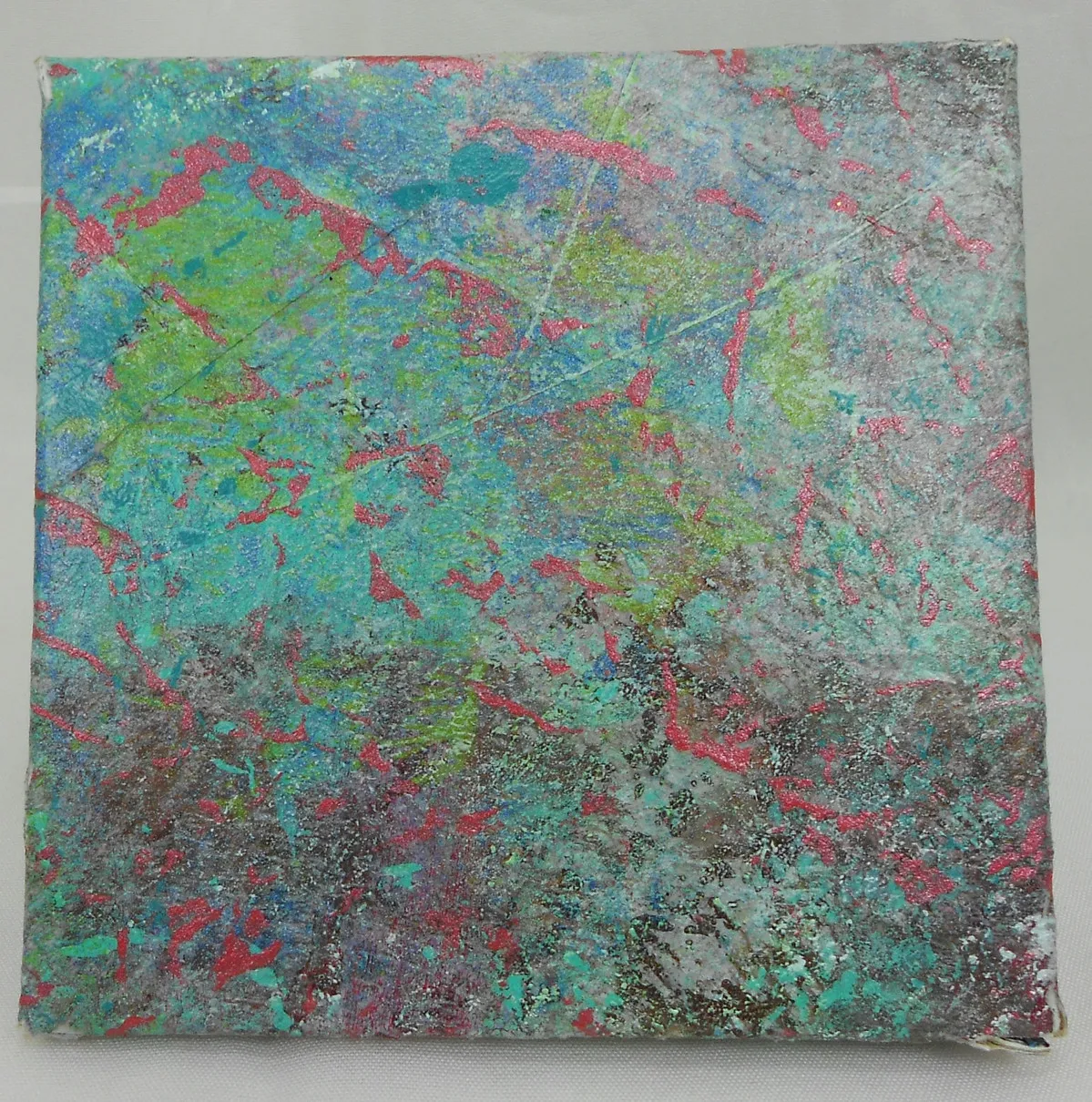
Proper care and maintenance are essential to preserve the value and longevity of your Pyramid diecast collection. Store your models in a cool, dry place away from direct sunlight and extreme temperatures. Display them in a showcase or display case to protect them from dust, dirt, and accidental damage. Use soft cloths and gentle cleaning solutions to remove dust and debris. Handle the models carefully, avoiding excessive force or pressure that could damage delicate parts. Document your collection with detailed photos and descriptions to aid in insurance claims or future sales. By following these steps, you can ensure that your collection remains in excellent condition for years to come.
